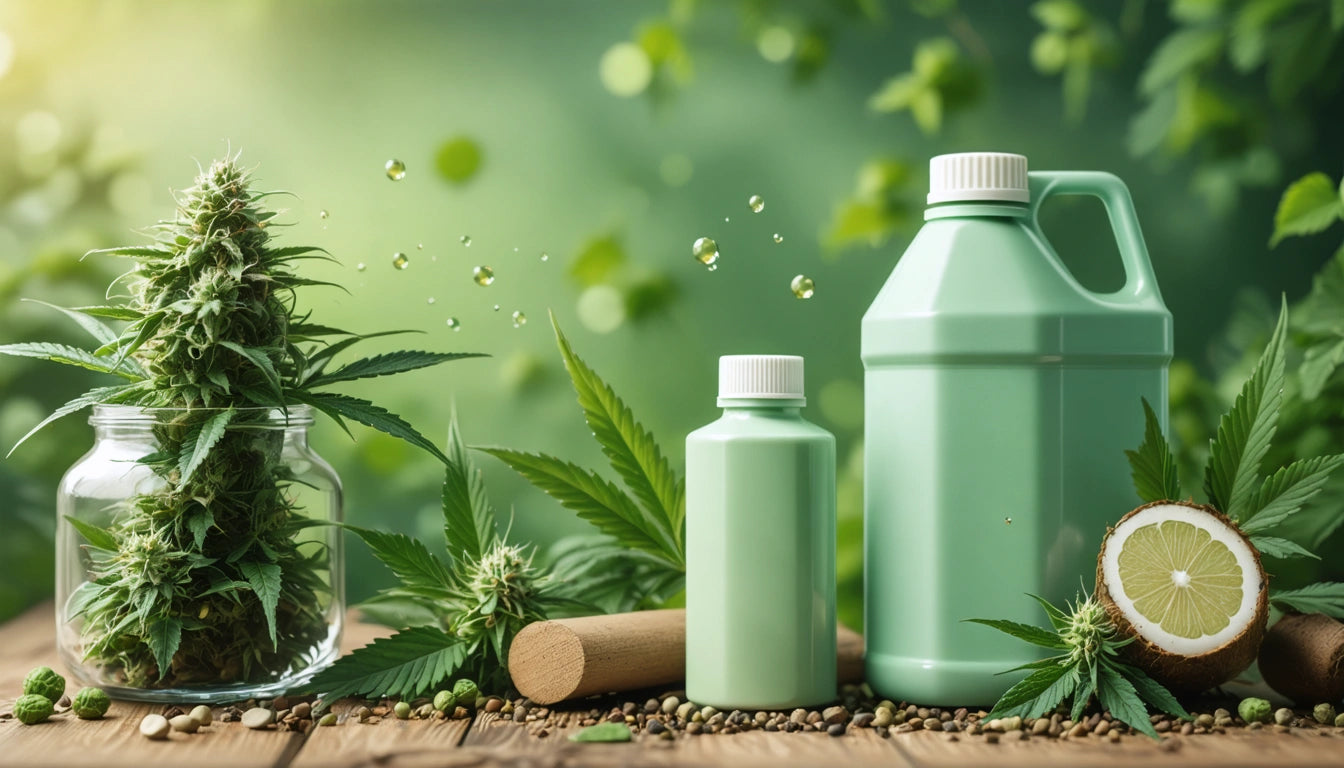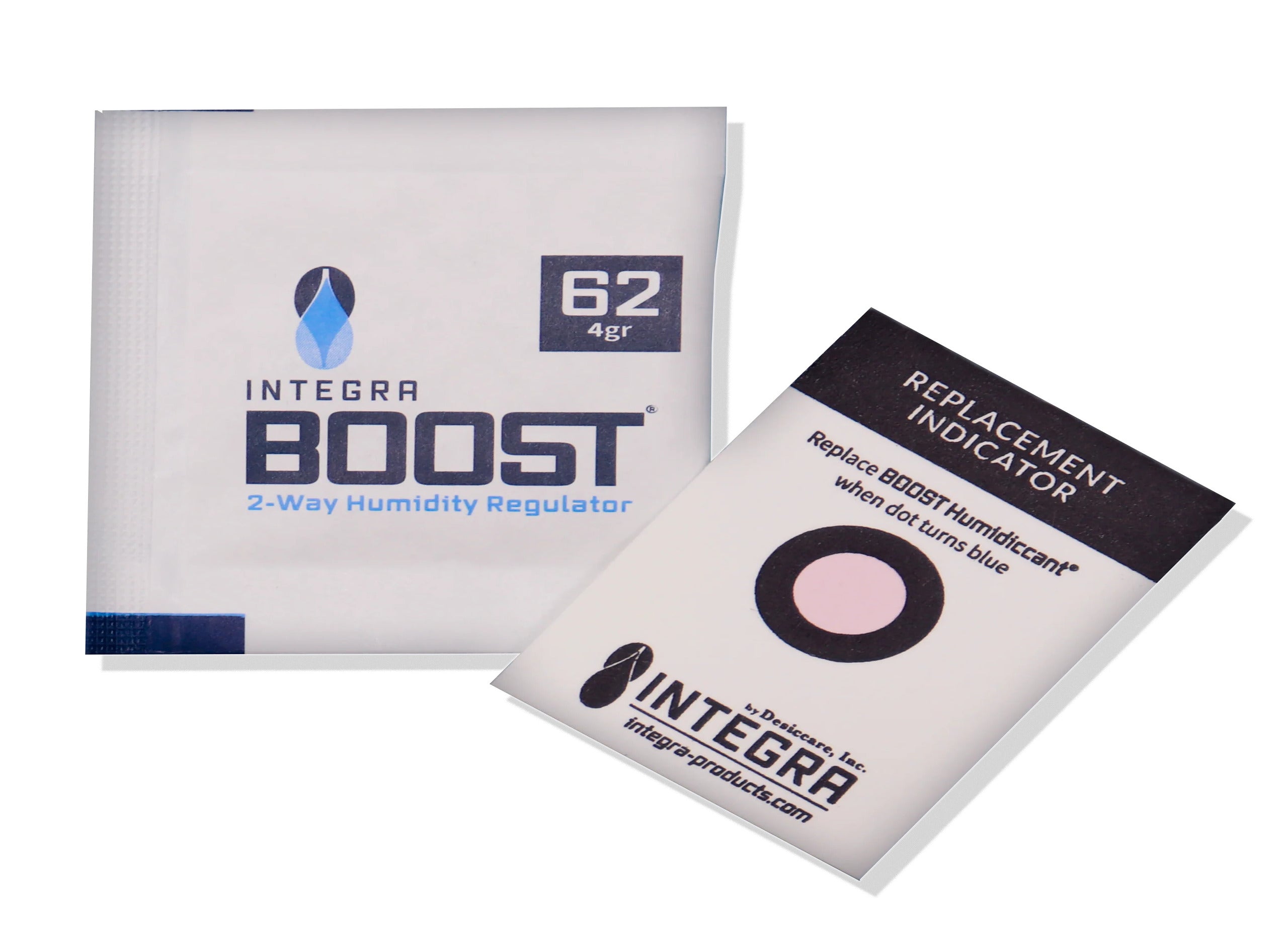Table of Contents
The cannabis industry faces unique challenges when it comes to packaging. Regulatory requirements demand child-resistant features, tamper evidence, and extensive labeling, often resulting in excessive packaging. However, innovative designs are emerging that significantly reduce packaging volume and materials while maintaining compliance and brand integrity.
The Importance of Reducing Packaging Volume
Reducing packaging volume addresses several critical issues simultaneously. First, it decreases the environmental footprint of cannabis products by minimizing waste. According to industry statistics, packaging waste represents a significant portion of the cannabis sector's environmental impact.
Additionally, streamlined packaging reduces shipping costs, storage requirements, and ultimately contributes to better margins. For consumers, less bulky packaging means easier storage and less waste management at home.
Innovative Design Approaches for Cannabis Packaging
Minimalist Structural Design
Leading brands are embracing minimalist structural designs that eliminate unnecessary layers. For example, some flower containers now feature built-in child-resistant mechanisms rather than requiring secondary packaging. These integrated designs can reduce material usage by up to 40% while maintaining compliance.
Collapsible and Foldable Containers
Collapsible containers represent another innovative approach. These designs expand when in use but can be compressed for shipping and storage. For pre-rolls and vape products, accordion-style packaging provides protection while dramatically reducing the shipping volume.
Multi-functional Packaging Elements
Some forward-thinking brands are creating packaging with dual purposes. For instance, containers that double as storage solutions or packaging inserts that serve as humidity controllers. Speaking of humidity control, humidity regulation packs help maintain product freshness while allowing for more minimal packaging since the product stays preserved longer with less protective material needed.
Material Innovations Driving Sustainability
Beyond structural design, material selection plays a crucial role in reducing environmental impact. Eco-friendly materials not only reduce environmental harm but often require less processing and energy to produce.
Hemp-Based Packaging
Hemp-based packaging represents a full-circle solution for the cannabis industry. These materials are biodegradable, often compostable, and utilize plant matter from the same industry they serve. Hemp plastic and paper alternatives can reduce packaging weight while maintaining structural integrity.
Ultra-thin Barrier Materials
New barrier technologies allow for thinner materials that still provide necessary protection. These advanced films and coatings deliver moisture and oxygen barriers at a fraction of the thickness of traditional materials, dramatically reducing volume and weight.
Understanding the difference between various sustainable options is crucial. Compostable versus recyclable materials each have different environmental benefits and should be selected based on specific product needs and regional waste management capabilities.
Balancing Compliance with Material Reduction
The challenge for cannabis packaging designers lies in balancing regulatory compliance with sustainability goals. Child-resistant features traditionally required additional materials, but innovative approaches include:
- Push-and-turn mechanisms built directly into primary containers
- Sliding lock systems that use the existing package structure
- Origami-inspired folding techniques that create child-resistance through design rather than additional materials
These solutions maintain safety standards while significantly reducing material requirements. Working with packaging partners who understand both compliance and sustainability is essential for successful implementation.
Consumer Education and Engagement
Reduced packaging sometimes requires consumer education. Teaching customers how to properly use, recycle, or dispose of minimal packaging ensures the environmental benefits are fully realized.
Brands can engage consumers by explaining the environmental benefits of their packaging choices. This transparency not only builds trust but also enhances brand image as consumers increasingly favor environmentally responsible companies.
Implementation Strategies for Brands
Transitioning to reduced-volume packaging requires strategic planning. Brands should consider:
- Phased implementation to test consumer acceptance
- Highlighting sustainability benefits in marketing materials
- Working with suppliers who can verify environmental claims
- Ensuring pricing strategies account for potential premium materials
Communicating sustainability claims honestly is crucial to avoid accusations of greenwashing. Brands should obtain proper certifications and be transparent about both achievements and challenges in their packaging sustainability journey.
The future of cannabis packaging lies in designs that minimize materials while maximizing protection, compliance, and brand expression. By embracing these innovations, cannabis companies can reduce their environmental footprint, cut costs, and meet growing consumer demand for sustainable products.











Leave a comment
All comments are moderated before being published.
This site is protected by hCaptcha and the hCaptcha Privacy Policy and Terms of Service apply.